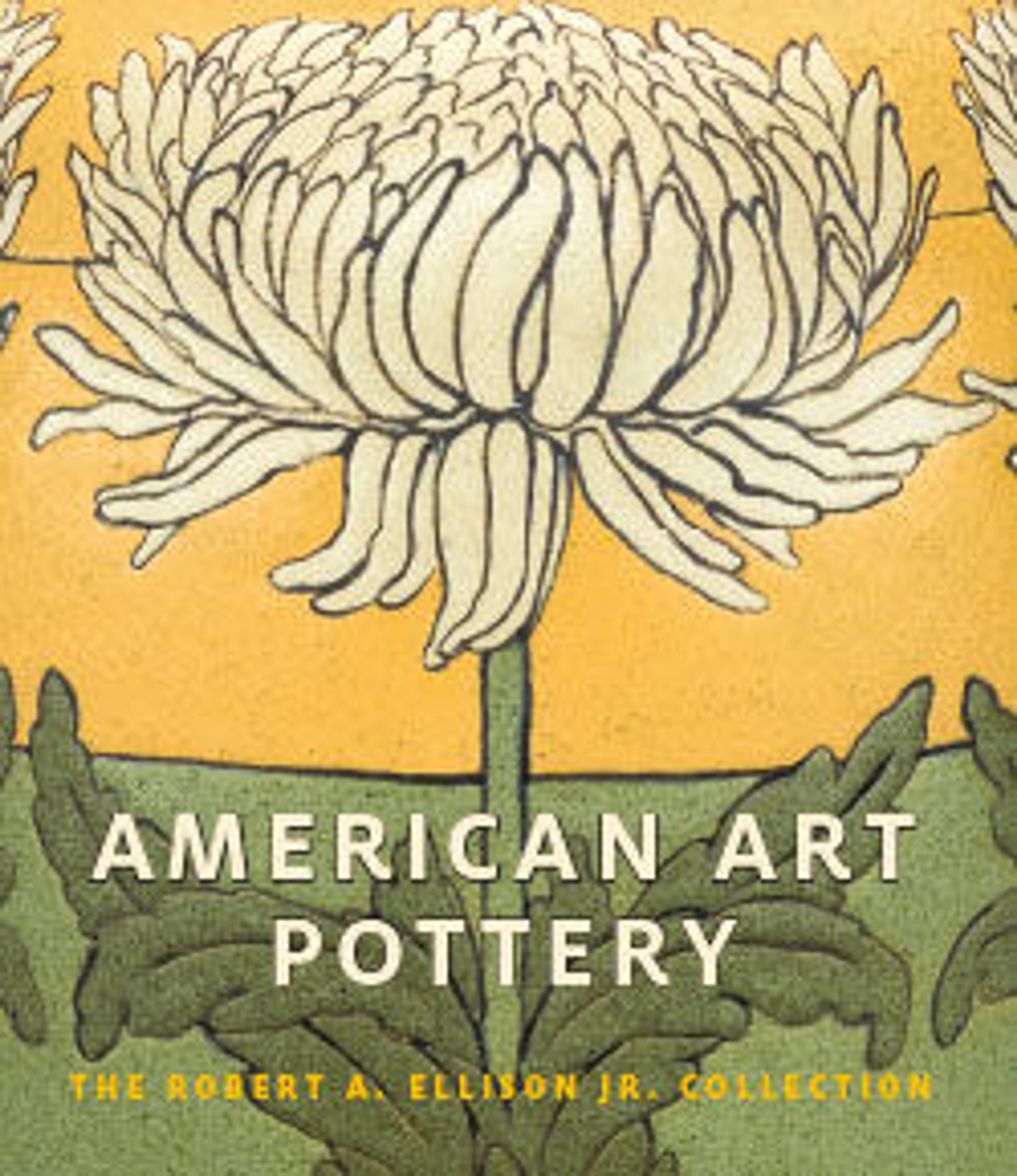Vase
In many ways George Edgar Ohr was the quintessential Arts and Crafts potter, combining artistic vision with extraordinary skill with his hands. Working in the seaside resort town of Biloxi, Mississippi, he dug the clay, processed and prepared it, threw the shape on the wheel, altered the piece according to his vision, mixed and applied his own glazes, fired the kiln, created his own style of advertising, and took his wares on the road. Ohr’s personal mantra was "no two alike," and he was as eccentric as his work was individualistic, with its manipulated forms on ultra-thin thrown vessels, crimping, ruffling, off-centering, and twisting, to create unprecedented forms for the 1890s. To these forms, he applied his own completely new and unusual glazes, applied by sponging, splashing, and spattering, resulting in works that in many ways anticipated the abstract art movements that would find form decades later.
Ohr altered his finely thrown pots while they were in a damp, plastic state. On many of his wares, the artist gently ruffled the lip, a fairly common feature on nineteenth- century vessels in many media, but he often he deepened and multiplied these ruffles. In many instances he manipulated the wet clay quite forcefully, denting in the sides and folding the walls together, sometimes almost totally collapsing the form. On this deep blue vase Ohr twisted the clay in its midsection and again ruffled the top, dividing the vase into three graduated parts, the ruffles dominating the vessel’s shape.
This vase is from the Robert A. Ellison Jr. Collection of American art pottery donated to the Metropolitan Museum in 2017 and 2018. The works in the collection date from the mid-1870s through the 1950s. Together they comprise one of the most comprehensive and important assemblages of this material known. The unparalleled work of George E. Ohr is well represented in the collection. Ellison was an early admirer, collector, and scholar of Ohr’s work and has written extensively on the artist.
Ohr altered his finely thrown pots while they were in a damp, plastic state. On many of his wares, the artist gently ruffled the lip, a fairly common feature on nineteenth- century vessels in many media, but he often he deepened and multiplied these ruffles. In many instances he manipulated the wet clay quite forcefully, denting in the sides and folding the walls together, sometimes almost totally collapsing the form. On this deep blue vase Ohr twisted the clay in its midsection and again ruffled the top, dividing the vase into three graduated parts, the ruffles dominating the vessel’s shape.
This vase is from the Robert A. Ellison Jr. Collection of American art pottery donated to the Metropolitan Museum in 2017 and 2018. The works in the collection date from the mid-1870s through the 1950s. Together they comprise one of the most comprehensive and important assemblages of this material known. The unparalleled work of George E. Ohr is well represented in the collection. Ellison was an early admirer, collector, and scholar of Ohr’s work and has written extensively on the artist.
Artwork Details
- Title:Vase
- Maker:George E. Ohr (American, Biloxi, Mississippi 1857–1918 Biloxi, Mississippi)
- Date:ca. 1897–1900
- Geography:Made in Biloxi, Mississippi, United States
- Culture:American
- Medium:Earthenware
- Dimensions:7 9/16 in. (19.2 cm)
- Credit Line:Gift of Robert A. Ellison Jr., 2018
- Object Number:2018.294.163
- Curatorial Department: The American Wing
More Artwork
Research Resources
The Met provides unparalleled resources for research and welcomes an international community of students and scholars. The Met's Open Access API is where creators and researchers can connect to the The Met collection. Open Access data and public domain images are available for unrestricted commercial and noncommercial use without permission or fee.
To request images under copyright and other restrictions, please use this Image Request form.
Feedback
We continue to research and examine historical and cultural context for objects in The Met collection. If you have comments or questions about this object record, please contact us using the form below. The Museum looks forward to receiving your comments.
